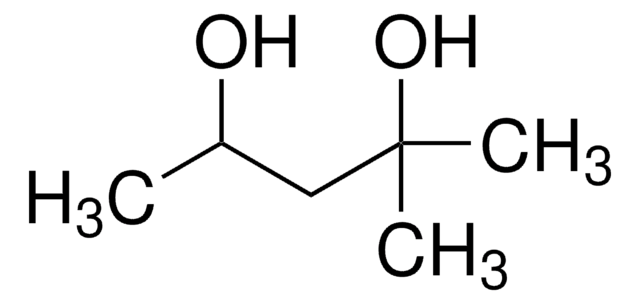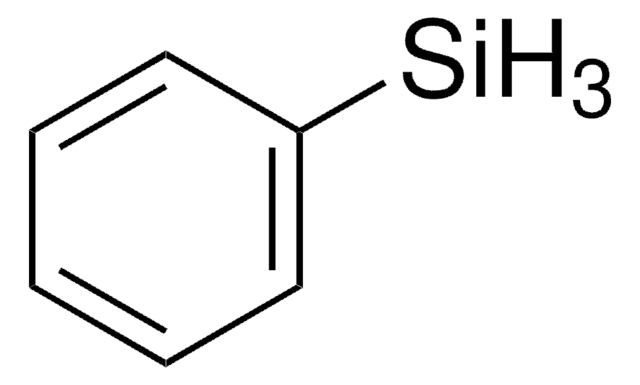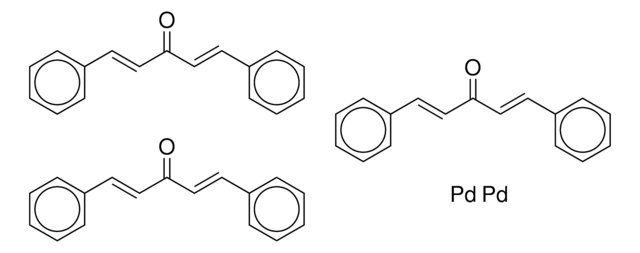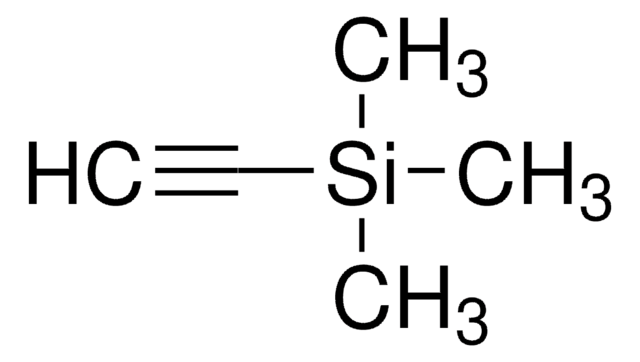216666
Tetrakis(triphenylphosphine)palladium(0)
99%
Synonym(s):
Palladium-tetrakis(triphenylphosphine), Pd(PPh3)4
About This Item
Recommended Products
Quality Level
Assay
99%
form
solid
reaction suitability
core: palladium
reaction type: Cross Couplings
reaction type: Heck Reaction
reaction type: Hiyama Coupling
reaction type: Negishi Coupling
reaction type: Sonogashira Coupling
reaction type: Stille Coupling
reaction type: Suzuki-Miyaura Coupling
reagent type: catalyst
reaction type: Buchwald-Hartwig Cross Coupling Reaction
parameter
air sensitive
storage temp.
2-8°C
SMILES string
[Pd].c1ccc(cc1)P(c2ccccc2)c3ccccc3.c4ccc(cc4)P(c5ccccc5)c6ccccc6.c7ccc(cc7)P(c8ccccc8)c9ccccc9.c%10ccc(cc%10)P(c%11ccccc%11)c%12ccccc%12
InChI
1S/4C18H15P.Pd/c4*1-4-10-16(11-5-1)19(17-12-6-2-7-13-17)18-14-8-3-9-15-18;/h4*1-15H;
InChI key
NFHFRUOZVGFOOS-UHFFFAOYSA-N
Looking for similar products? Visit Product Comparison Guide
General description
Tetrakis(triphenylphosphine)palladium(0) (Pd(PPh3)4) is a commonly used palladium(0) complex in chemical synthesis. It plays a vital role as a catalyst in various organic reactions, especially C-C, C-N, C-O, and C-heteroatom cross-coupling reactions. Pd(PPh3)4 finds extensive application in carbon-carbon bond-forming reactions such as the famous Heck, Suzuki-Miyaura, and Stille reactions. These reactions involve the coupling of aryl, alkyl, or vinyl halides with other organic compounds to yield valuable products. The catalytic cycle involves the oxidative addition of the organic halide to palladium(0), transmetalation with a suitable organometallic reagent or boronic acid, and reductive elimination to form the desired product. Pd(PPh3)4 has also been utilized in various other transformations including allylic substitutions, nucleophilic additions to alkenes and alkynes, and cycloadditions.
Application
- Negishi coupling (eq. 1), Suzuki coupling (eq. 2), Stille coupling (eq. 3), Sonogashira coupling reaction (eq. 4), and Buchwald-Hartwig amination reaction (eq. 5)
- The carbonylation of vinyl iodides (eq. 6)
- The reduction reaction of aryl bromides (eq. 7)
- Carbon-tin bond formation (eq. 8)

related product
suggested gloves for splash protection
Signal Word
Warning
Hazard Statements
Precautionary Statements
Hazard Classifications
Acute Tox. 4 Oral
Storage Class Code
11 - Combustible Solids
WGK
WGK 3
Flash Point(F)
Not applicable
Flash Point(C)
Not applicable
Personal Protective Equipment
Choose from one of the most recent versions:
Already Own This Product?
Find documentation for the products that you have recently purchased in the Document Library.
Customers Also Viewed
Articles
A variety of transition-metal catalysts for the Suzuki coupling reaction are now available in our catalog. The majority of these catalysts are palladium- and nickelbased, typically utilizing phosphine-derived ligands.
Our team of scientists has experience in all areas of research including Life Science, Material Science, Chemical Synthesis, Chromatography, Analytical and many others.
Contact Technical Service![[1,1′-Bis(diphenylphosphino)ferrocene]dichloropalladium(II)](/deepweb/assets/sigmaaldrich/product/structures/130/734/8846aa26-1858-458a-998d-8c306c13bf0f/640/8846aa26-1858-458a-998d-8c306c13bf0f.png)
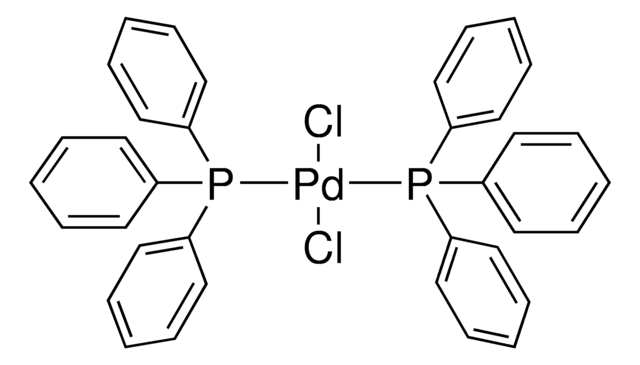
![[1,1′-Bis(diphenylphosphino)ferrocene]dichloropalladium(II), complex with dichloromethane](/deepweb/assets/sigmaaldrich/product/structures/825/986/4317978b-1256-4c82-ab74-6a6a3ef948b1/640/4317978b-1256-4c82-ab74-6a6a3ef948b1.png)


